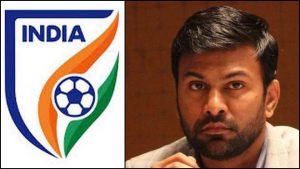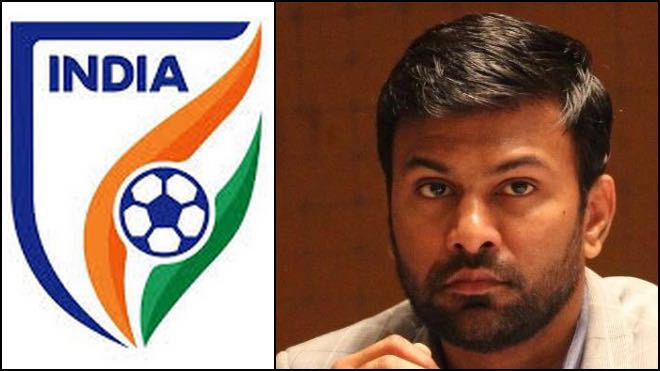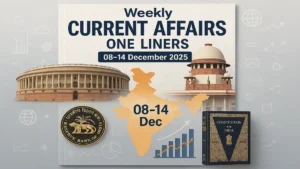
Former India striker Abhishek Yadav has been appointed as the first deputy general secretary of All India Football Federation (AIFF) after the sports body decided to create a new post in its hierarchy. The 40-year-old former international, who has played with the likes of Bhaichung Bhutia, Sunil Chhetri, Mahesh Gawli and Climax Lawrence, has been serving as national team’s director since January 2018.
WARRIOR 4.0 | Banking Awareness Batch for SBI, RRB, RBI and IBPS Exams | Bilingual | Live Class
Yadav has also served as the Chief Operating Officer (COO) of the 2017 U17 Indian World Cup team, collaborating closely with Luis Norton de Maros, the head coach.
Important takeaways for all competitive exams:
- All India Football Federation President: Praful Patel.
- All India Football Federation Vice-President: Subrata Dutta.
- All India Football Federation Founded: 23 June 1937.
- All India Football Federation Headquarters: Dwarka, Delhi.




 Weekly Current Affairs One Liners 08th t...
Weekly Current Affairs One Liners 08th t...
 Which Indian City is Known as the Footwe...
Which Indian City is Known as the Footwe...
 Which Desert is known as the Cold Desert...
Which Desert is known as the Cold Desert...







